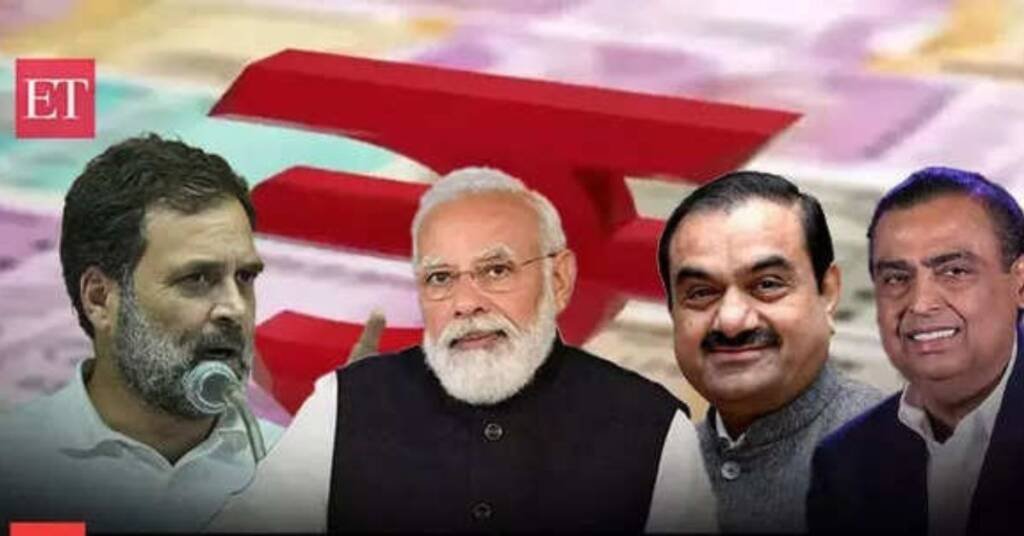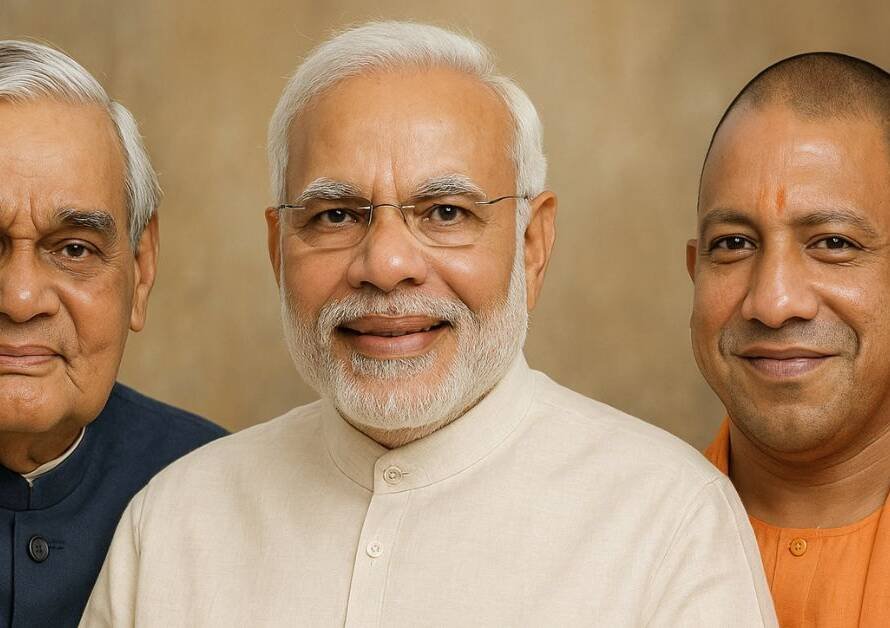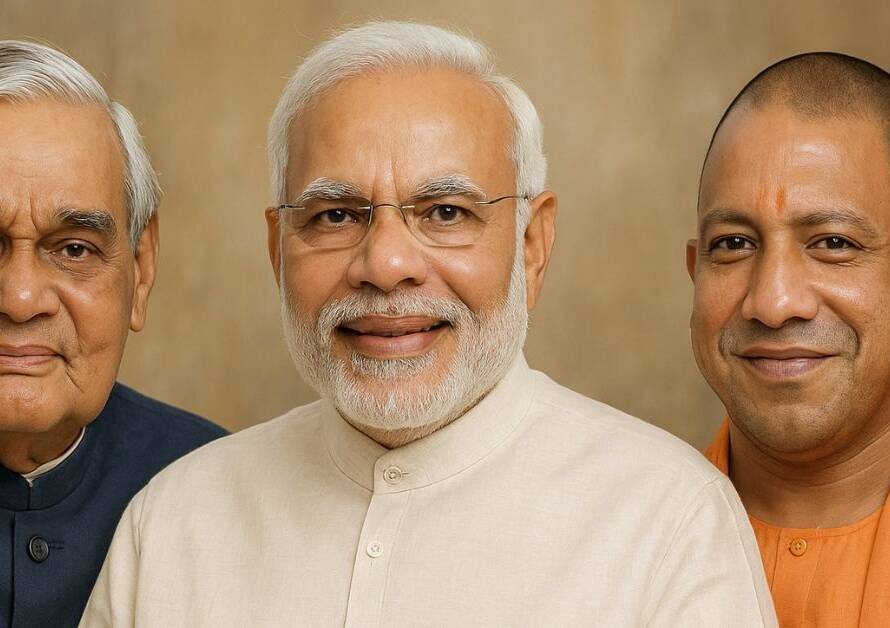India’s move toward privatization and collaboration with large corporations under Prime Minister Narendra Modi’s leadership must be viewed against the backdrop of the inefficiencies that have historically plagued public sector enterprises. While concerns about favoritism exist, the government’s policies seem driven by the need to modernize the economy and make it globally competitive.
Historical Challenges with Public Enterprises
- Low Productivity: Many public enterprises have struggled with inefficiency due to bureaucratic red tape, lack of innovation, and outdated technology. This has often resulted in suboptimal utilization of resources.
- Financial Losses: A significant number of PSEs, especially in sectors like steel, coal, and power, have incurred continuous financial losses, relying on taxpayer money for survival rather than generating sustainable profits.
- Lack of Accountability: With minimal competition, public enterprises have often faced issues of corruption, poor management, and low accountability, impacting overall productivity and service quality.
- Missed Global Opportunities: Public enterprises have been slow to adapt to global market trends, missing opportunities to expand and compete internationally.
The Case for Privatization and Collaboration
- Efficiency and Expertise: Private enterprises, especially large corporations, are known for their efficiency, agility, and ability to innovate. Handing over the reins of certain sectors to these entities can lead to better outcomes for consumers and the economy.
- Focus on Core Competencies: By privatizing non-strategic sectors, the government can focus on critical areas like defense, healthcare, and education, while leaving commerce and industry to the private sector.
- Capital Mobilization: Privatization allows the government to generate capital by selling stakes in loss-making enterprises. These funds can be redirected toward infrastructure development and social welfare.
- Job Creation: Large-scale infrastructure and industrial projects led by private players have the potential to generate significant employment opportunities, directly and indirectly.
- Global Competitiveness: Partnerships with corporations like Tata, Reliance, and Adani enable India to leverage their global reach, innovation, and expertise to compete on an international scale.
Balancing Privatization with Regulation
While privatization is a pragmatic solution, the government must ensure:
- Avoidance of Monopolies: Strict regulatory frameworks should be in place to prevent monopolization and ensure fair competition.
- Transparency: Privatization processes should be transparent, with clear guidelines and accountability mechanisms.
- Consumer Interests: Basic services like electricity, water, and transportation must remain accessible and affordable for all citizens.
- Support for MSMEs: Alongside supporting large corporations, the government must continue to nurture startups and MSMEs to diversify economic growth.
Reframing the Debate
Instead of viewing the privatization of assets or collaboration with corporations as “selling the country,” it is more constructive to view it as a recalibration of economic priorities. The focus is shifting from propping up inefficient public enterprises to creating a competitive, innovation-driven economy.
By learning from the past inefficiencies of public enterprises and ensuring a fair regulatory framework, India can harness the strengths of its private sector to build a robust, inclusive, and globally competitive economy.
Privatization is not about abandoning public assets but about unlocking their potential for greater productivity and efficiency. With the right safeguards, these policies can address historical inefficiencies, improve service delivery, and secure India’s place as a leading global economic power.
For more blogs please visit www.saveindia108.in and to join our WhatsApp group please click https://chat.whatsapp.com/HxGZvlycYPlFvBO17O3eGW







